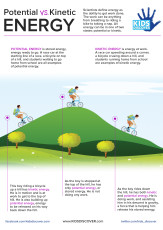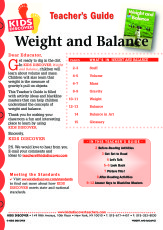The world and the Universe are action-packed. People and animals are always on the move. The planets are constantly circling the Sun. Are there any rules to all this activity? Yes! Our world and the whole Universe are governed by the laws of nature. Scientists who try to understand and learn about these laws are called physicists. Here are some questions that physicists across history have wondered about: When you drop a ball, why does it fall on the ground? Why doesn’t it float up? If you spin a top, why doesn’t it spin forever? Why does it eventually stop? Maybe you have wondered about these things, too.
To answer those questions, physicists needed to discover the laws of motion. What is motion? Motion is movement in any direction. You can move up, down, forwards, backwards, and sideways. You can move in circles. You can wiggle, wave, twist, turn, roll, flip, sway, bend, pivot, shake, and spin.
–When you pluck the string of a guitar, the string vibrates—moving quickly back and forth. That is a type of motion.
–When water flows off a cliff, it creates a waterfall. That is a type of motion.
–When you throw a football into the air, it curves up … and then down again. That is a type of motion.
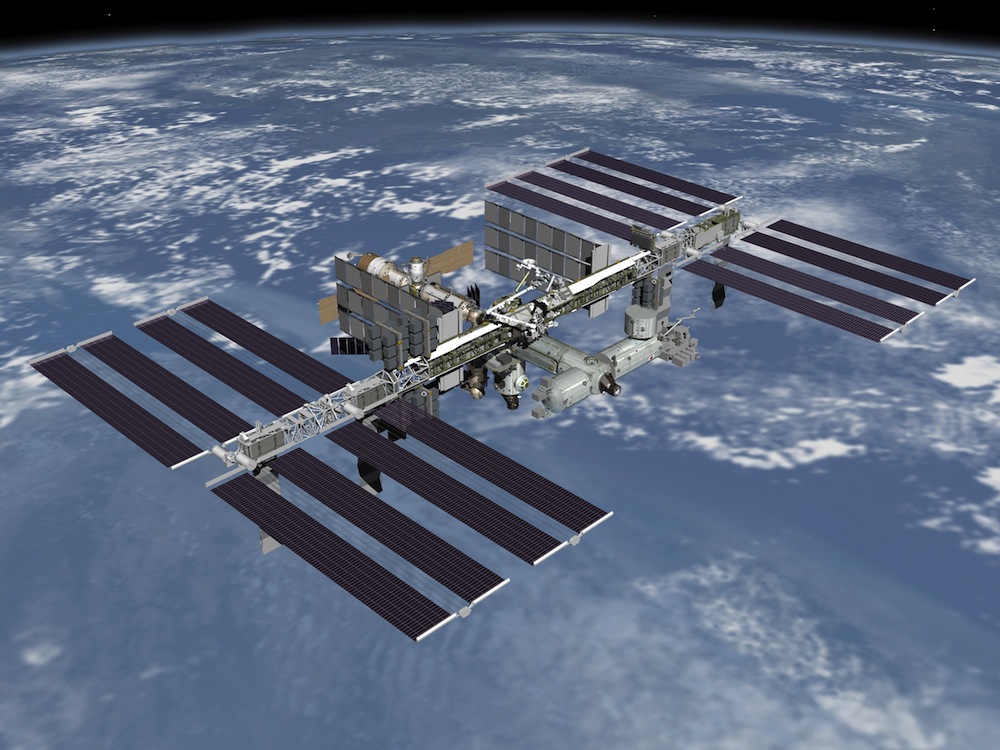
Of course, things don’t just move by themselves. An object must be pushed or pulled to get in motion.
A force is a push or a pull. Here is a simple example: A cat hits a ball with its paw and makes the ball roll across the floor. The cat uses force to make the ball move. When you kick a ball or pull open a door, you are also using force. The more force you use, the faster the object will move.

Speed measures how far an object moves in a certain amount of time. But things don’t always move at the same speed. Forces can cause moving objects to speed up or slow down. “Average speed” equals “distance divided by time.”


So why do things in motion slow down and a stop after a while? The answer is “friction.” Friction is another kind of force. Friction is two things rubbing or sliding against each other. Skis on snow. A car on a road. A ball rolling across a carpet. Friction is a force that slows down moving objects.
If you roll a ball across a shaggy rug, you can see that there are lumps and bumps in the rug that make the ball slow down. The rubbing, or friction, between the ball and the rug is what makes the ball stop rolling. But what would happen if you rolled the ball across a very smooth surface and there was no wall or obstacle in the way? Would the ball keep rolling forever? Unfortunately, no. There is no such thing as a “frictionless surface.” There is friction between all objects and materials when they are touching.
To the naked eye, an object or surface may look perfectly smooth. But if you looked at it under a microscope, you could see the tiny lumps and bumps that create friction when any two objects slide against each other. There is even friction when an object moves through the air.
The less friction there is, the longer objects in motion can keep moving. For example, if you pushed off and tried to slide across the sidewalk in sneakers, you wouldn’t get very far. There is too much friction between the rubber soles of your sneakers and the rough concrete sidewalk. BUT if you wore ice skates and used the same amount of force to push off and slide across an ice rink, you would glide for a long way. There is not much friction between the thin metal blade of an ice skate and the slick ice of the rink.

Some forces are invisible and can make objects move without touching them. You’ve probably played around with magnets before and know that magnets have an invisible pull—a force that can attract iron and steel objects. A magnet has a “north pole” and a “south pole.”
If you take two magnets, the north pole of one magnet and the south pole of the other will pull toward each other. If you try to join the north poles of the two magnets, however, the magnets will push each other away. The same is true if you try to put the two south poles together—the magnets will repel each other.

Magnets may seem mysterious because they can pull on other objects and make them move without touching them. But there is another invisible force that you interact with every second of every day—and you probably take it for granted. That force is gravity. Gravity is the invisible force that holds us to the surface of the Earth. Earth’s gravity pulls objects toward the center of the Earth. So when you drop a book, it falls to the ground instead of floating away. When you jump up, gravity pulls you back down.

Every object actually has gravity—whether it’s the Earth, the Sun, a person, or just a marble. The more “mass” an object has, the stronger its force of gravity. Mass just means how much “stuff” is in an object. Some materials are packed with more “stuff” than others. For example, steel has more “stuff” in it than Styrofoam. If two balls are the same size, and one is made of foam and one is made of steal, the steel ball will have greater mass. But unless an object is REALLY big—say, the size of a planet—its force of gravity is too weak to be felt.
The Earth and moon both have gravity that is strong enough to pull them toward each other. Although the moon’s gravity is not as strong as Earth’s, it pulls on the water in our oceans and creates the tides. So, if the Earth and moon are pulled toward each other, why don’t they crash into each other? The moon is held in orbit by the force of Earth’s gravity. But the speed of the moon’s orbit is what prevents the moon from falling down to Earth. If the moon went slower, it would fall to Earth. If it went faster, it would escape the Earth’s gravity and fly off into space.
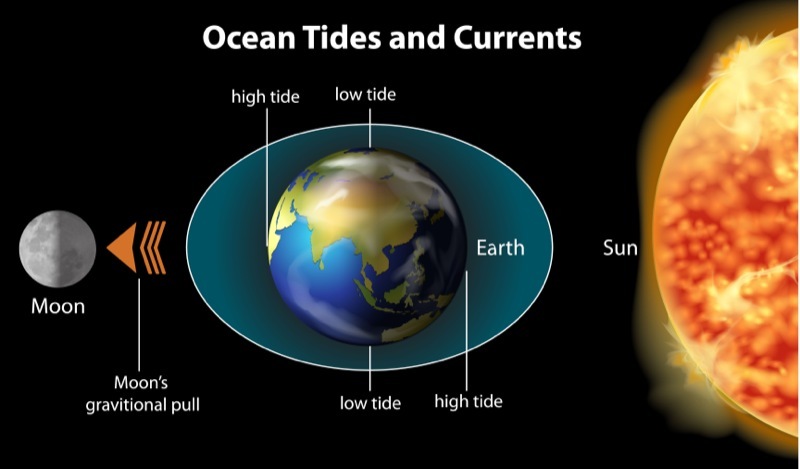
Isaac Newton was a famous scientist who was interested in all sorts of things, from gravity and the orbits of planets to the rules about how objects move. One of his most important discoveries is called Newton’s First Law of Motion.
Using experiment and observation, Newton showed that objects have a tendency to keep doing what they are doing. Objects that are still, stay still. Objects that are moving, keep moving. A still object stays still and a moving object keeps moving in the same straight line—unless a force pushes or pulls it. Whether they are moving of not moving, objects resist changing their “state of motion.” This is called inertia.
Inertia is the reason seatbelts are important. If you’re in a fast-moving car and the driver slams on the brakes, the car will stop, but you will keep moving forward. The seatbelt stops you, so you don’t hit the dashboard or windshield.

Inertia can also explain the following trick: You set a place for dinner on a tablecloth and put a glass of water next to the plate. But instead of serving up food, you decide to change the mood. In one quick motion, you yank the tablecloth out from under dishes—and abracadabra! The plate, glass of water, and cutlery don’t fall on the floor. They stay almost exactly where they were. You’re magic! Or are you? This trick is brought to you by Newton’s First Law of Motion. It works because the inertia of the dishes means they tend to stay in place. Quickly slipping the tablecloth out from under the dishes did not produce enough force to move them. However, you have to be very good to do this trick! If you pull too slowly on the tablecloth, you will just drag the dishes off the table.
Interestingly, the heavier the dishes are, the easier this trick is. Why? The more mass there is in an object, the more “inertia” that object has. Less force is needed to move a paper plate than a china plate. But if someone threw those plates, it would be harder to stop the plate with more mass (the plate made of china).
Mass vs. weight: The mass of an object stays the same no matter where you are in the Universe. That’s because the amount of “stuff” in the object doesn’t change. Weight is actually the pull of gravity on an object. You feel your weight because the ground is pushing against the pull of gravity. So the weight of an object can change depending on where it is in the Universe. An object that weighs 60 pounds on Earth would weigh only about 10 pounds on the moon because the force of gravity on the moon is only one-sixth as strong as it is on Earth. Although your mass would stay the same, you would feel much lighter on the moon—or you would if you didn’t have to wear that heavy spacesuit!
Air resistance is a kind of friction. Molecules in the air push up against falling bodies while gravity pulls them down. The force of air resistance opposes the force of gravity. The friction created by air resistance is not strong enough to stop falling objects, but it can stop them from speeding up. Thanks to air resistance, falling objects reach a top speed, also called “terminal velocity,” that is based on their size and mass.
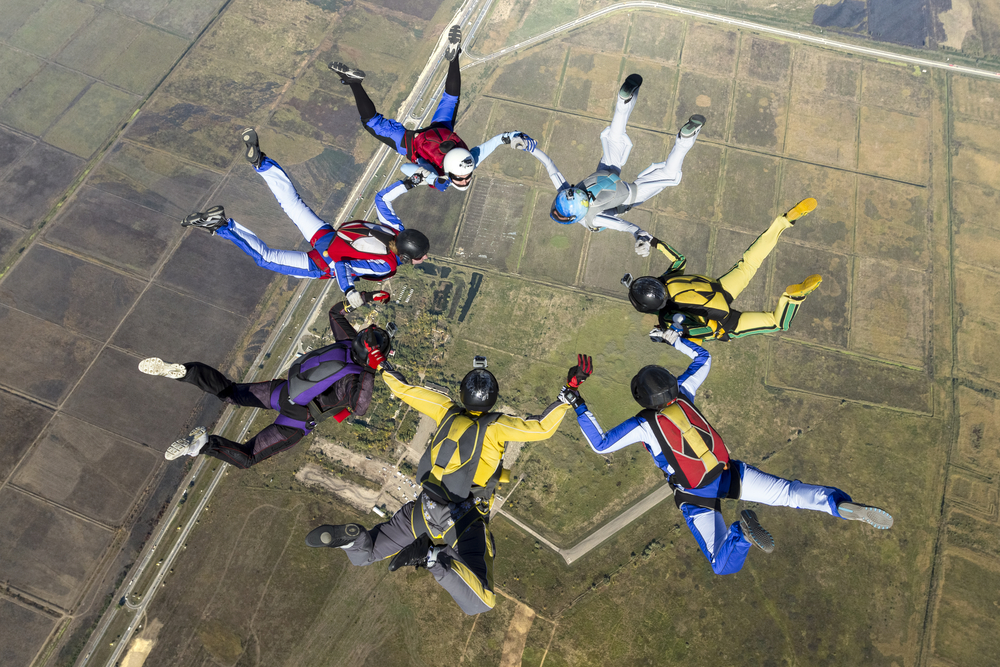
Force, motion, gravity, mass, and inertia…these concepts and more govern the world (and our Universe). They are complex ideas but once you understand them, you will see everything a little more clearly.
Written by Margaret Mittelbach
[wp-simple-survey-38]



